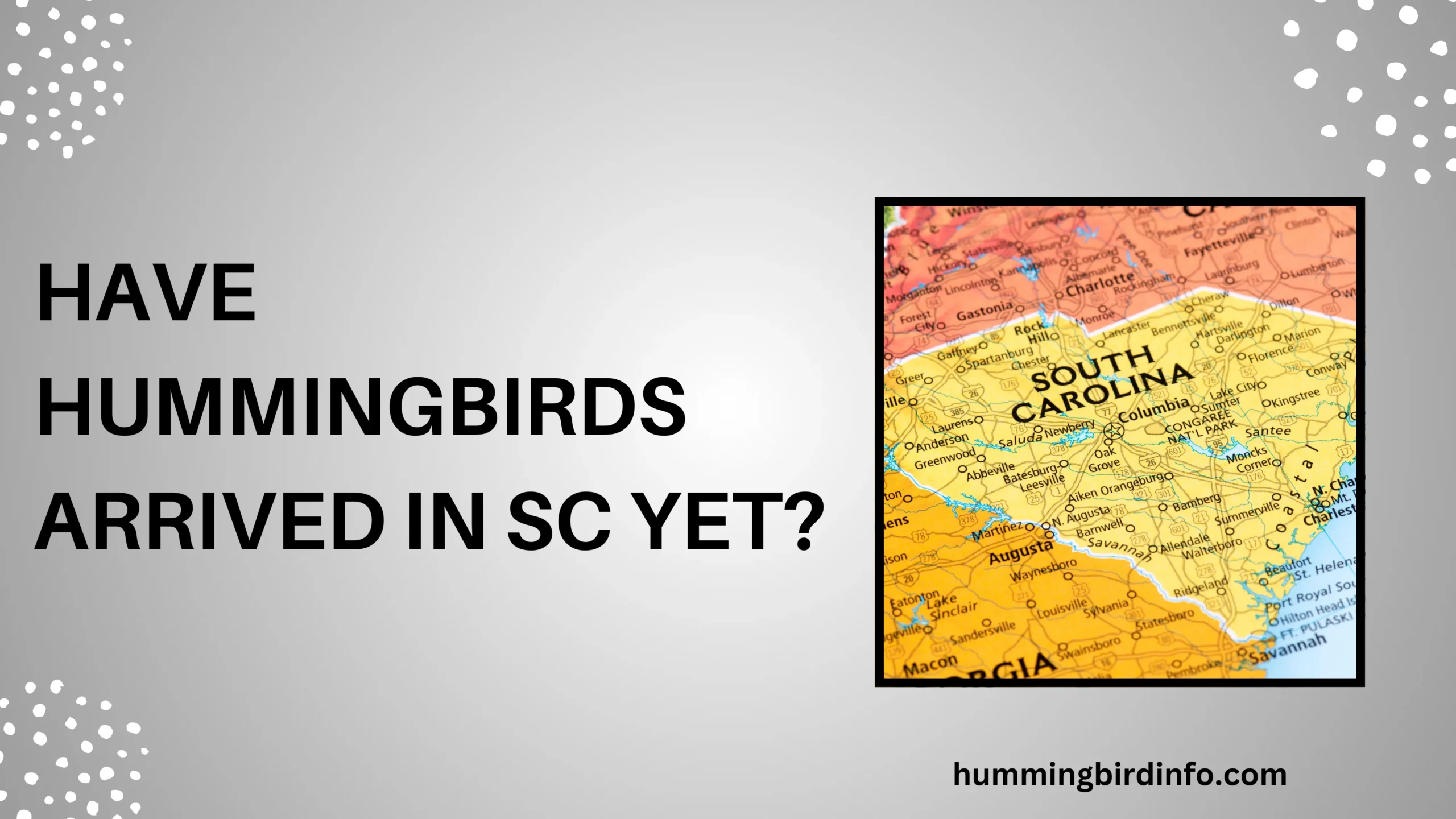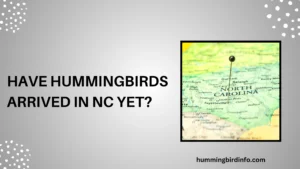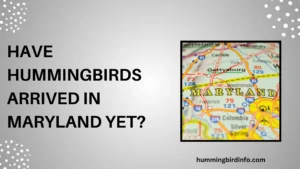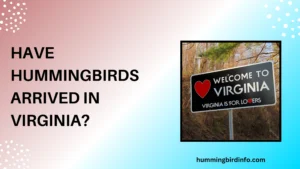There’s something magical about the return of hummingbirds to South Carolina each spring. These tiny birds, with their shimmering feathers and rapid wingbeats, captivate everyone who catches a glimpse.
Their presence signals warmer days, blooming flowers, and the start of a vibrant new season in the garden.
South Carolinians love hummingbirds not just for their beauty, but also because they play an important role in pollination. As they zip between blossoms, they help plants grow and reproduce.
From the coastal plains to the Blue Ridge foothills, many residents keep an eye out, eager to welcome these aerial wonders back after a long winter.
So, have hummingbirds arrived in South Carolina yet? It’s a question asked every year by nature lovers, gardeners, and birdwatchers alike.
In this guide, we’ll explore when hummingbirds typically return, what drives their migration, which species you might see, how to track their movements, and how you can help them thrive.
Contents
- 1 Timing the Arrival — When Hummingbirds Return to South Carolina
- 2 Factors Guiding Their Journey — Understanding Hummingbird Migration
- 3 South Carolina’s Hummingbird Diversity
- 4 Keeping Track of the Tiny Travelers — How to Monitor Hummingbird Arrivals
- 5 Welcoming Winged Visitors — Attracting Hummingbirds to Your Yard
- 6 The Importance of Hummingbirds in South Carolina’s Ecosystem
- 7 Conclusion
- 8 FAQ’s
- 8.1 1. When do hummingbirds usually arrive in South Carolina?
- 8.2 2. Which hummingbird species are common in SC?
- 8.3 3. When should I put out my hummingbird feeder in SC?
- 8.4 4. What should I put in my hummingbird feeder?
- 8.5 5. How can I attract more hummingbirds to my garden?
- 8.6 6. How do I track hummingbird sightings in my area?
Timing the Arrival — When Hummingbirds Return to South Carolina
The Ruby-throated Hummingbird is the most common species in South Carolina. Males typically arrive first, sometimes as early as the first week of March, scouting for territory and nectar.
Most hummingbirds appear by mid-to-late March, especially in coastal areas, while those in Upstate regions may not see them until early April. This pattern reflects how temperature and food availability vary across regions.
According to Clemson University, the majority of sightings are reported by early April, with some outliers arriving earlier during unusually warm springs. It’s best to have feeders ready by mid-March just in case early travelers pass through.
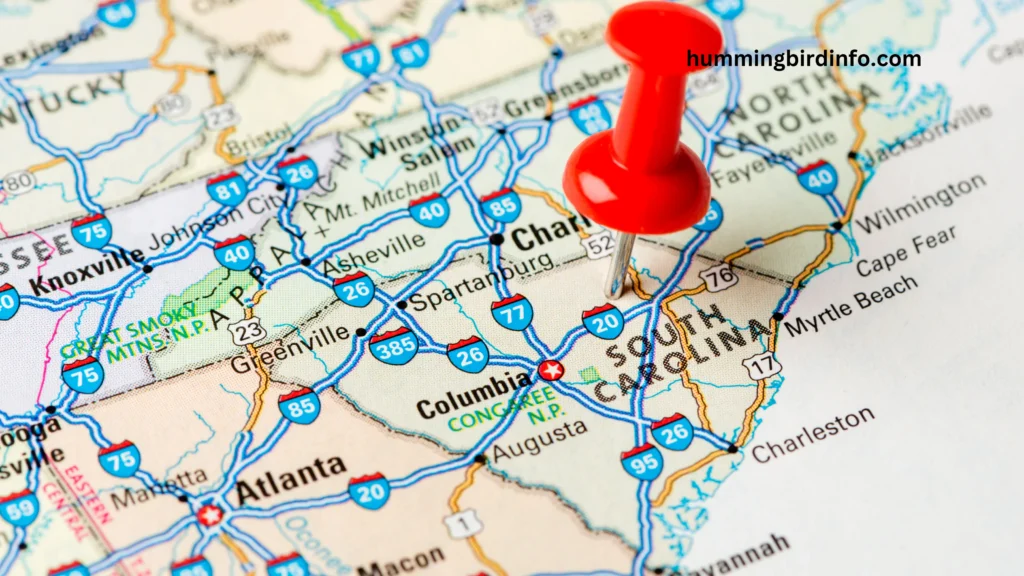
Factors Guiding Their Journey — Understanding Hummingbird Migration
Migration begins when birds sense changes in daylight hours, triggering their internal biological clock. Increasing sunlight cues them to begin their journey north.
Weather conditions are another major factor. Cold fronts can delay migration, while favorable winds help them move faster and farther. Availability of nectar-rich flowers also plays a huge role.
Many Ruby-throated Hummingbirds fly across the Gulf of Mexico, a non-stop trip of over 500 miles. This incredible journey makes it essential they reach areas where food is abundant upon arrival.
South Carolina’s Hummingbird Diversity
Though Ruby-throated Hummingbirds are the primary residents, other species occasionally appear. The Rufous Hummingbird, for instance, sometimes visits during winter months.
Other rare sightings include Anna’s Hummingbird and Black-chinned Hummingbirds, though these are often considered vagrants or accidental visitors. These appearances are exciting and often reported in birding groups.
To identify these hummingbirds, use tools like eBird, the Merlin Bird ID app, or field guides from South Carolina Audubon. Photos and videos can help verify rarer species.
Keeping Track of the Tiny Travelers — How to Monitor Hummingbird Arrivals
eBird, a project by the Cornell Lab of Ornithology, is the best way to track current sightings. You can filter reports by state, date, and even specific locations within South Carolina.
Local birding groups like South Carolina Bird Watchers on Facebook are also great for real-time updates. Members regularly post photos, first sightings, and feeder tips.
You can also contribute by reporting your own sightings. This data helps scientists and fellow enthusiasts better understand and protect hummingbird populations.
Welcoming Winged Visitors — Attracting Hummingbirds to Your Yard
Planting native flowers like trumpet vine, bee balm, and coral honeysuckle is a natural way to bring hummingbirds to your yard. These plants provide nectar-rich blooms all season long.
Hang feeders filled with a simple sugar-water mix (1 part sugar to 4 parts water, no dye) in mid-March. Keep them clean and filled to prevent mold and keep birds healthy.
Provide clean water, shaded spots, and small trees or shrubs for shelter. Avoid pesticides, which can harm hummingbirds and the insects they feed on.
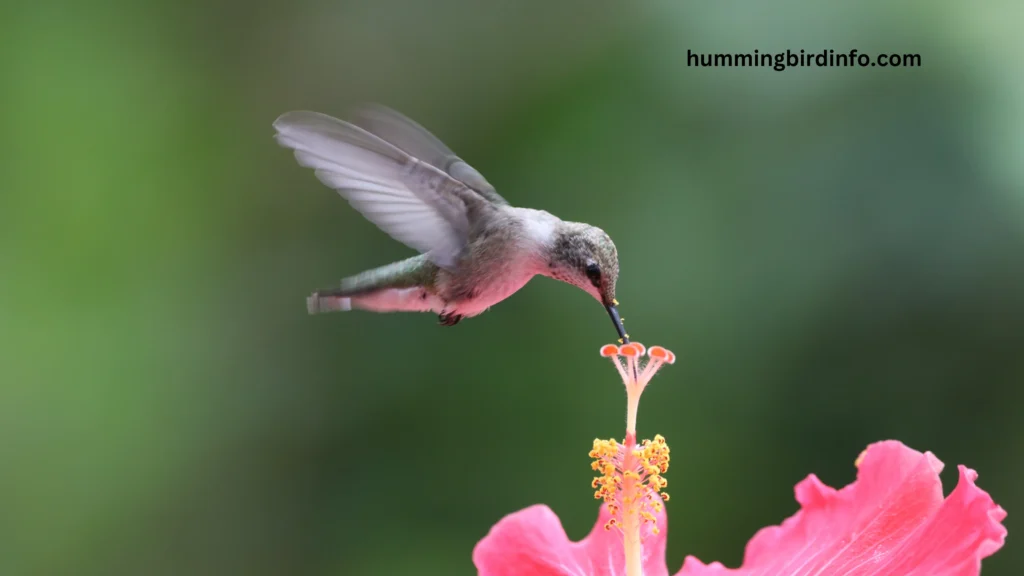
The Importance of Hummingbirds in South Carolina’s Ecosystem
Hummingbirds are essential pollinators, helping flowers and gardens thrive across the state. Some native plants depend heavily on their feeding activity.
Their role goes beyond beauty — hummingbirds are part of a balanced ecosystem, keeping insect populations in check and supporting overall biodiversity.
By creating hummingbird-friendly habitats, you support not only these birds but also healthy communities and natural spaces. Every backyard can become a small sanctuary for these precious travelers.
Conclusion
Each spring, the return of hummingbirds marks the start of something special in South Carolina. These tiny creatures bring joy, wonder, and a deeper connection to the natural rhythms of the world around us.
From the first flashes of iridescent green to the familiar buzz at your feeder, their arrival is a treasured event for gardeners and birdwatchers alike. With climate shifts and habitat loss, their journey is becoming more complex — which makes your support even more valuable.
By learning their habits, tracking their movements, and preparing your yard as a haven, you’re playing a direct role in the preservation of one of nature’s most spectacular species. Keep those feeders filled, and your eyes to the sky — hummingbirds are here, and they need us.
FAQ’s
1. When do hummingbirds usually arrive in South Carolina?
Most hummingbirds arrive between mid-March and early April, with a few early individuals showing up as soon as early March.
2. Which hummingbird species are common in SC?
The Ruby-throated Hummingbird is the most common, but Rufous Hummingbirds and other rare species are sometimes spotted in winter.
3. When should I put out my hummingbird feeder in SC?
Feeders should be placed by mid-March to catch early arrivals. Be sure to keep them clean and filled regularly.
4. What should I put in my hummingbird feeder?
Use a mix of 1 part sugar to 4 parts water, with no red dye. Boil the water for best results and let it cool before use.
5. How can I attract more hummingbirds to my garden?
Plant native nectar-rich flowers, avoid pesticides, and provide feeders, water, and shelter like trees or shrubs.
6. How do I track hummingbird sightings in my area?
Use tools like eBird.org, or follow local birding groups and pages on Facebook or Instagram for up-to-date sightings.

